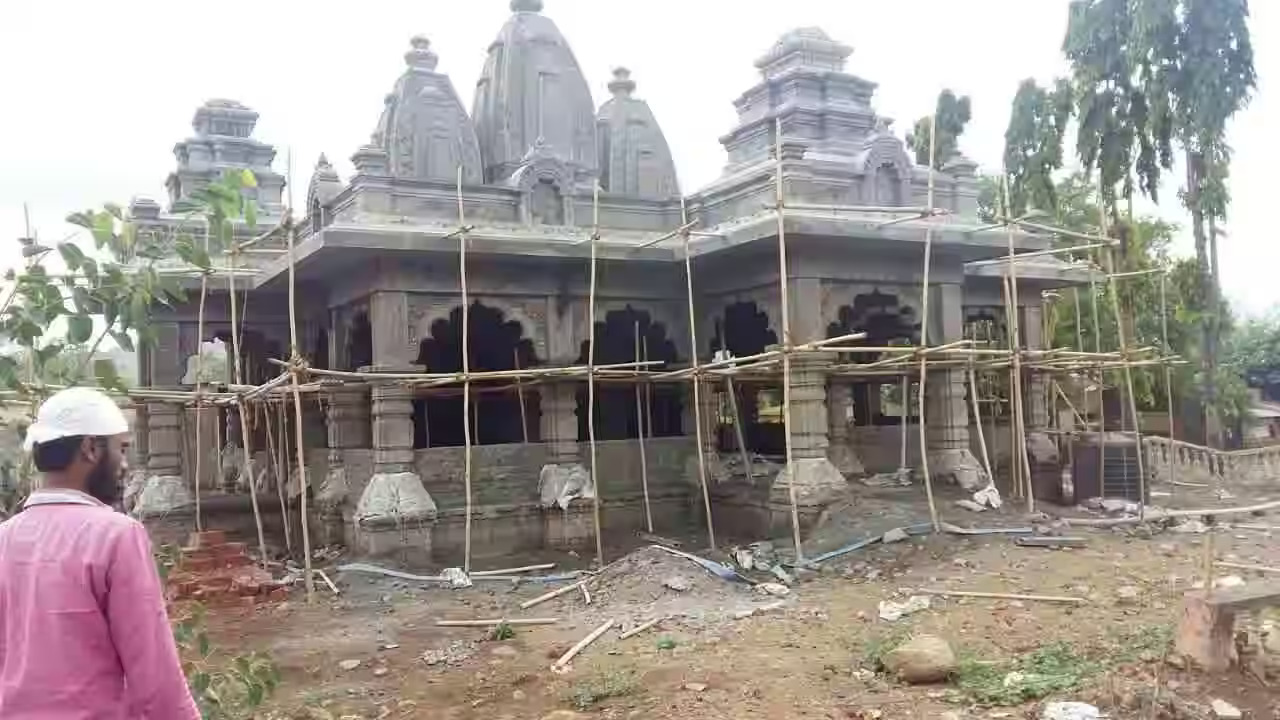Indian temples stand as enduring symbols of architectural brilliance and spiritual devotion, showcasing a rich diversity of styles and construction techniques across the subcontinent.
1. Ancient Temple Architecture
Ancient Indian temples are marvels of early engineering and craftsmanship. They often feature intricate carvings, towering spires, and expansive courtyards. Temple construction in ancient times involved meticulous planning and execution by skilled artisans and temple contractor. These structures, such as the famous temples of Khajuraho and Konark, exemplify the fusion of artistry with religious significance.
2. Dravidian Temple Style
Predominant in South India, Dravidian temples are characterized by their towering gateways or gopurams adorned with vibrant sculptures of gods, goddesses, and mythical creatures. The temples of Madurai and Thanjavur are notable examples, showcasing the expertise of temple construction contractors who follow ancient principles and techniques to preserve authenticity.
3. Nagara Style Temples
Popular in North India, Nagara style temples are known for their lofty spires or shikharas that rise above the sanctum sanctorum. These temples, such as those in Khajuraho and Varanasi, exhibit a vertical thrust in architecture and intricate detailing that reflects the region’s cultural and religious ethos. Temple contractors specializing in this style emphasize symmetry and symbolism in their construction.
4. Indo-Islamic Fusion
During medieval times, the architecture of Indian temples saw influences from Islamic styles, leading to unique blends seen in structures like the Qutub Minar complex in Delhi. These temples often integrated domes, arches, and minarets into traditional designs, illustrating a cultural exchange facilitated by skilled temple contractors who adapted their techniques to new influences.
5. Contemporary Temple Construction
Modern-day temple construction continues to blend tradition with contemporary engineering methods. Architects and temple construction contractor focus on sustainability and earthquake-resistant designs while maintaining the spiritual essence and architectural grandeur of traditional temples. Projects like the Akshardham Temple in Delhi exemplify this approach, combining intricate carvings with modern building materials.
Conclusion
Indian temples, spanning centuries of history and cultural evolution, remain integral to the country’s architectural heritage. The expertise of temple contractors throughout the ages has ensured that these structures not only endure but continue to inspire awe and reverence worldwide. Whether ancient marvels or modern innovations, each temple tells a story of craftsmanship, spirituality, and cultural continuity that defines India’s architectural legacy.

